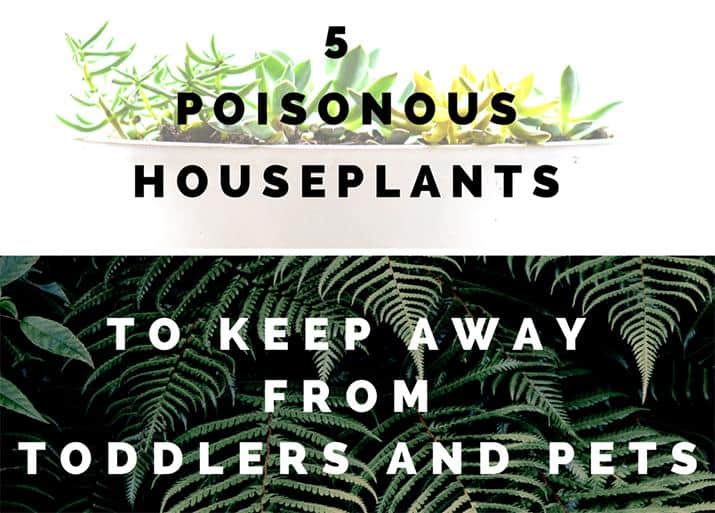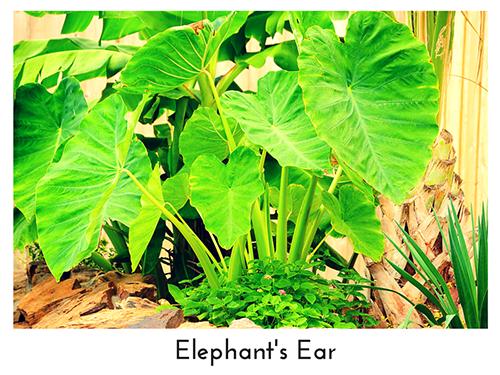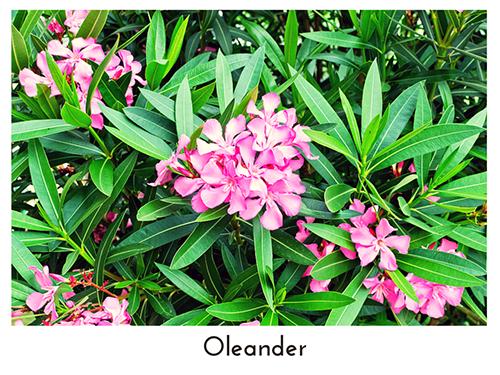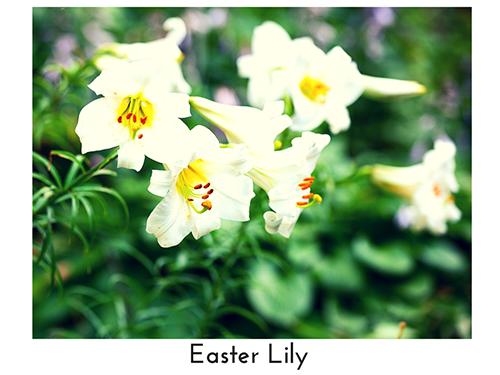
When decorating your living space, houseplants are a natural consideration. Their living greenery infuses life into your home and many plants help clean indoor air. However, if you have pets or small children, certain houseplants can be poisonous if ingested. Cats love grass-like plants, and dogs can pull entire plants up by their roots and gobble them up. Small children tend to put leaves, berries, flowers, and random small objects into their mouths.
Generally speaking, a relatively large amount of a poisonous plant needs to be ingested for it to cause harm, But small animals and children under the age of three are more vulnerable to a smaller amount of poison.
Therefore, it’s a good idea to educate yourself as to which plants may pose a threat. Below is a list of some of the more toxic houseplants you’re likely to see indoors. If you have any of these, there may not necessarily be a need to throw them away or give them to neighbors without small children or pets; just make sure that these are out of the reach of your smaller household occupants. If that’s not possible, play it safe and find these plants a new home.
1. Elephant’s Ear (Colocasia antiquorum)
This pretty houseplant contains a toxin called calcium oxalate, which is a mouth and throat irritant. Depending on the amount ingested, elephant’s ear can result in significant swelling of the mouth and throat. Digestive upset, from stomach pain to diarrhea, are possible effects of ingestion, too.

2. Schefflera (Schefflera actinophylla)
This office-favorite is also often touted as an air cleaner. However, ingestion of schefflera can cause kidney failure in both animals and people. The resin that these plants sometimes secrete is also toxic, making it a potential hazard for crawling babies and dogs in particular.

3. Oleander (Nerium oleander)
Oleander is most often seen outdoors in warm climates, but those who live in cooler climates sometimes grow oleander in pots and move it indoors when the weather gets cold. Experts warn that ingesting oleander can be fatal to small children and pets.

4. Easter Lily (Lilium longiflorum)
Easter lily should be of particular concern for cat owners. It can cause vomiting and lethargy when ingested by cats, and may even cause kidney failure.

5. Dumb Cane (Dieffenbachia spp)
This aptly named plant is said to cause a person to become mute if it’s chewed. This is probably due to the swelling and inflammation it causes in the throat, mouth, and digestive system.

This is only a partial list. Do your research and if you have these or any other toxic plants in your home, be sure they are not within reach of children and pets.

